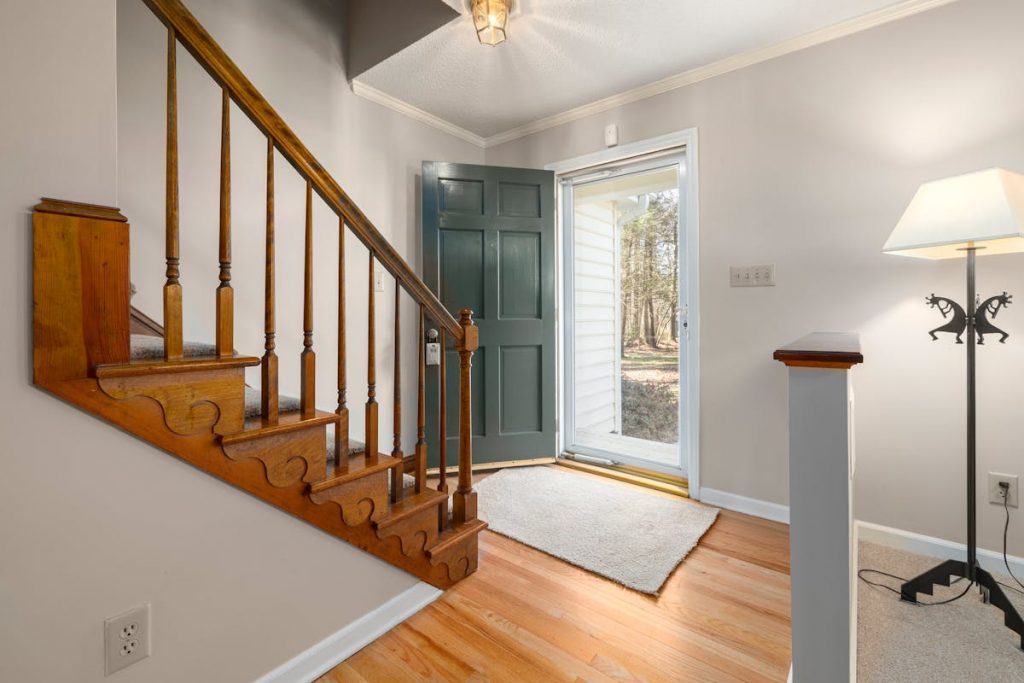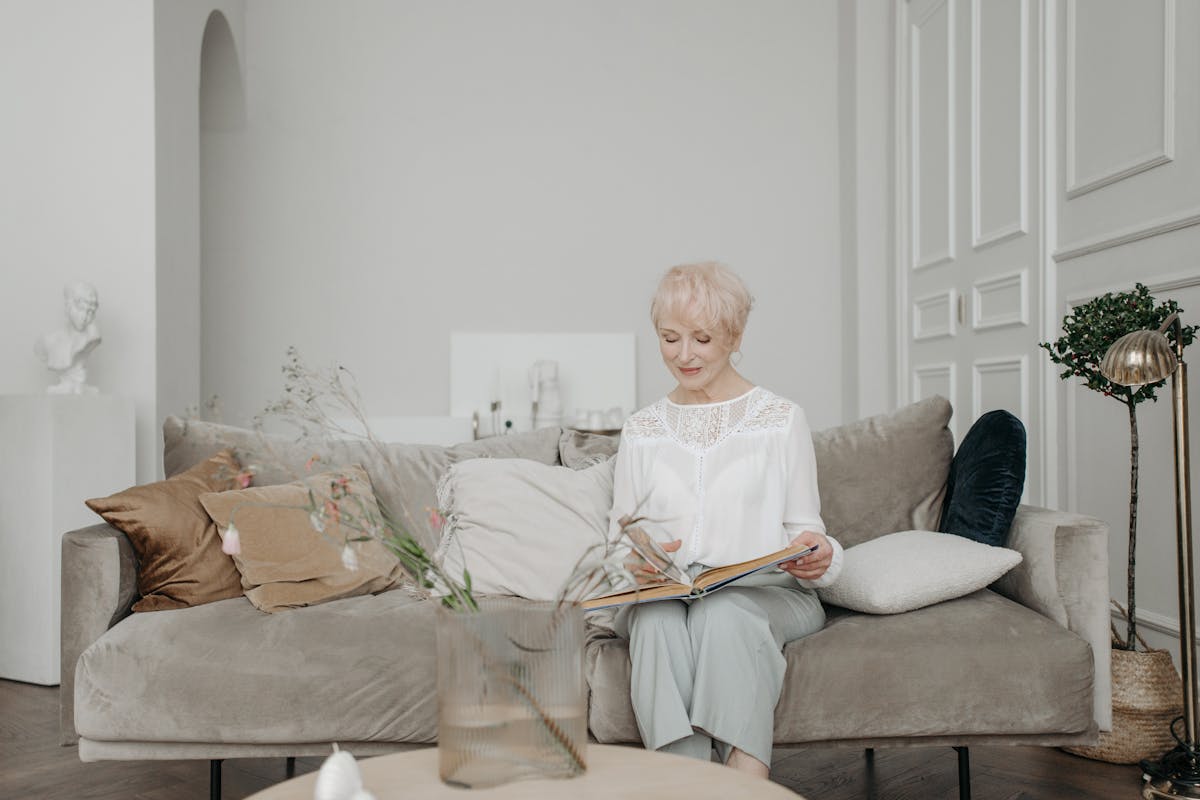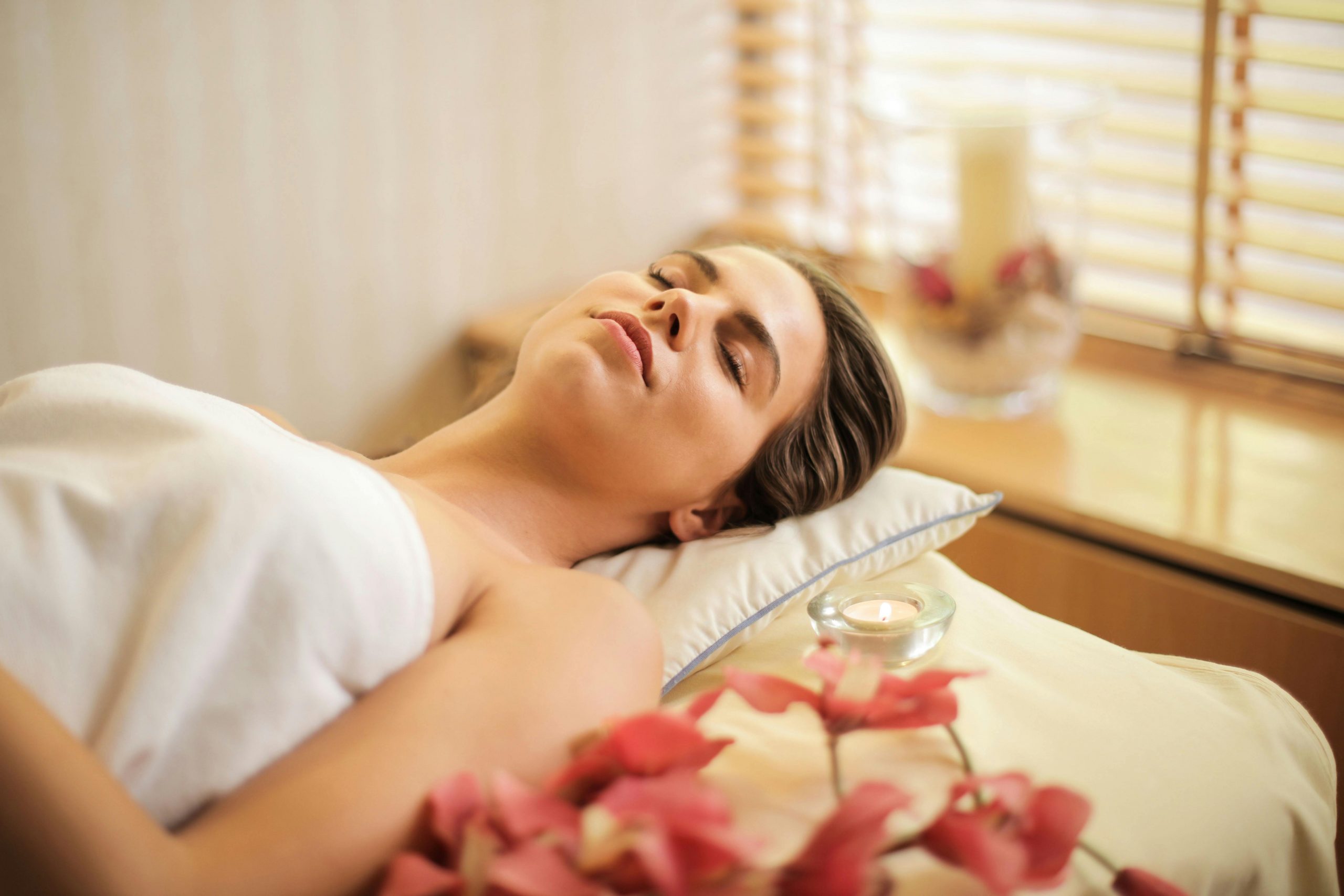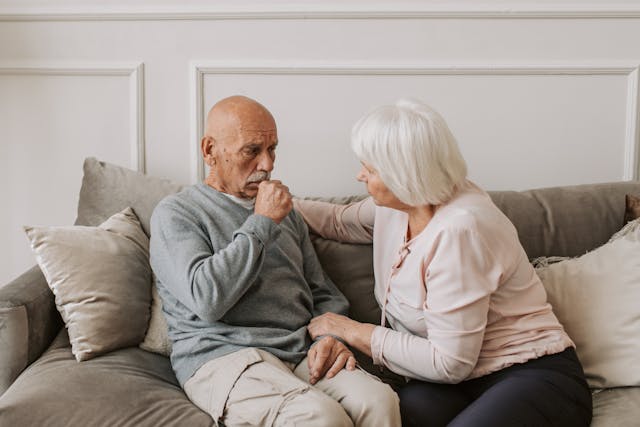
- Bed height adjustments enhance mobility and comfort for seniors, reducing the risk of falls and injury.
- Accessible closets with lowered rods and pull-down shelves promote independence by ensuring items are within easy reach.
- Modifying entrances, bathrooms, and kitchens creates safer, more accessible living spaces for seniors aging in place.
- Early planning and investment in home modifications facilitate smoother transitions into later life stages, ensuring safety and comfort.
- Improving key areas at home significantly boosts the quality of life for seniors, promoting autonomy and reducing risks.
Aging in place allows seniors to maintain their independence and live in their own homes for as long as possible. However, as we age, our mobility and physical capabilities often decrease, making it necessary to modify our living spaces to meet our changing needs. Home modifications can significantly enhance safety, accessibility, and comfort, allowing seniors to live independently and with dignity. This post will explore essential home modifications across key house areas to provide seniors and caregivers with practical solutions for a safer and more comfortable living environment.
Entrance and Egress Modifications
Ensuring safe and accessible entrances and exits is crucial for seniors aging in place. Modifications like ramp installations, widened doorways, and sturdy handrails can prevent falls and facilitate easier movement, enhancing both safety and independence for seniors. Here are some essential modifications for your home’s entrance and egress.

Ramps and Handrails
One of the first steps in making a home more accessible is ensuring easy entrance and egress. Ramps can replace or complement stairs at entry points, facilitating wheelchair or walker access. Handrails provide additional support and stability for those with limited mobility. When selecting materials, consider durability and non-slip surfaces to ensure long-term safety and usability. Aluminum and reinforced plastic are cost-effective, weather-resistant options with safety and aesthetic appeal.
Doorway Widening
Narrow doorways can pose significant barriers to mobility within the home. Widening doorways to at least 32 inches can accommodate wheelchairs and walkers, enhancing navigability and independence. This modification may involve re-framing doorways and adjusting electrical wiring, so professional consultation is recommended. Though it may seem daunting, doorway widening is a critical modification for creating an accessible living space.
Bathroom Safety Enhancements
The bathroom can pose numerous hazards for seniors, but it can become a safer environment with targeted modifications. Enhancements such as grab bars, non-slip flooring, and walk-in tubs can significantly reduce the risk of falls and injuries, allowing seniors to maintain their independence and privacy.
Walk-in Showers and Bathtubs
The bathroom is a high-risk area for falls, so making modifications here is especially important. Walk-in showers and bathtubs minimize the risk of slips and falls by eliminating the need to step over high thresholds. Look for models with built-in seats, adjustable shower heads, and grab bars for safety and convenience.
Non-slip Flooring
Non-slip flooring is another essential feature for preventing bathroom falls. Options range from non-slip vinyl and textured tile to treated wood. These materials provide better grip and stability, even when wet, ensuring safer navigation of bathroom spaces.
Kitchen Accessibility Improvements
The kitchen is a central hub of daily activity, especially in homes where seniors wish to maintain independence. By implementing thoughtful design changes, such as lowered countertops and wheelchair-accessible cabinetry, the kitchen can become more functional and safer for seniors, enabling them to carry out daily tasks easily and comfortably.
Adjustable Countertops
Adjustable countertops can accommodate users of varying heights and mobility levels, making kitchen tasks easier and safer. Mechanisms like hydraulic lifts allow countertops to be raised or lowered easily, catering to standing or seated users. This flexibility can significantly enhance kitchen usability for seniors.
Lever-style Faucets
Traditional twist faucets can be difficult for those with arthritis or limited hand strength. Lever-style faucets offer an ergonomic solution, enabling users to control water flow and temperature with minimal effort. Installation is straightforward, offering an immediate improvement in sink accessibility.
Living Room Comfort Adjustments
The living room serves as a primary gathering space for relaxation and socialization. By incorporating accessibility features, such as supportive seating and easy-to-reach controls, seniors can enjoy increased comfort and autonomy. The following adjustments can enhance safety and usability in this central living area.
Lighting Solutions
Adequate lighting prevents falls and ensures comfortable navigation through living spaces. Consider installing a mix of ambient, task, and accent lighting to eliminate shadows and glare. Adjustable, easy-to-reach light switches and motion sensors can further enhance room usability and safety.

Comfortable Seating Options
Ergonomic seating can greatly impact comfort and mobility. Lift chairs, in particular, can be a game-changer for seniors, offering powered assistance to stand up from a seated position. These chairs combine functionality with comfort, providing support where needed most.
Bedroom Enhancements
Creating a senior-friendly bedroom involves incorporating features that prioritize safety, comfort, and ease of use. From accessible storage solutions to supportive bedding, these enhancements ensure seniors can maintain their independence and enjoy restful sleep in a secure environment.
Bed Height Adjustments
The height of the bed can affect the ease of getting in and out. Ideally, the bed should be at a height where the feet can firmly touch the ground when sitting on the edge. Bed risers or adjustable beds can help achieve the ideal height, improving accessibility and reducing the risk of falls.
Closet Accessibility
Lowering hanging rods and incorporating pull-down shelves can make closets more accessible. These modifications ensure clothing and personal items are within easy reach, promoting independence and organization.
Conclusion
Investing in home modifications for aging in place can vastly improve the quality of life for seniors, allowing them to live safely and comfortably in their homes. Starting these modifications early can facilitate a smoother transition into the later stages of life, ensuring the home remains safe and welcoming.
Seniors and caregivers can create a living environment that supports independence while mitigating risks by focusing on key areas such as entrances, bathrooms, kitchens, living rooms, and bedrooms. Remember, planning and investing in these changes today can make a significant difference in the years to come.


